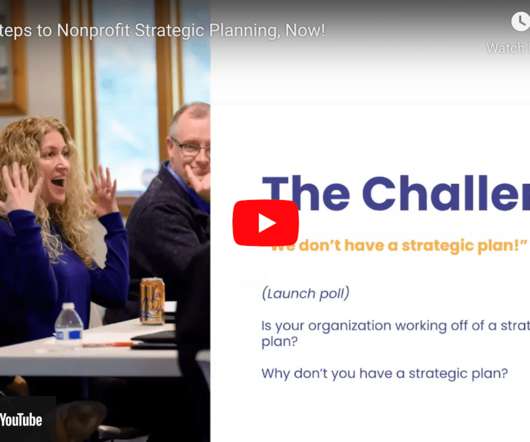Improving Family Exhibitions by Co-Creating with Children
Museum 2.0
DECEMBER 28, 2010
Every once in a while I come across a project I wish I could have included in The Participatory Museum. You can also watch some lovely footage of the children showing off their favorite objects along with staff reflecting on the process here. They decided to ask children, and the project was born. it's a Secret! ,























Let's personalize your content